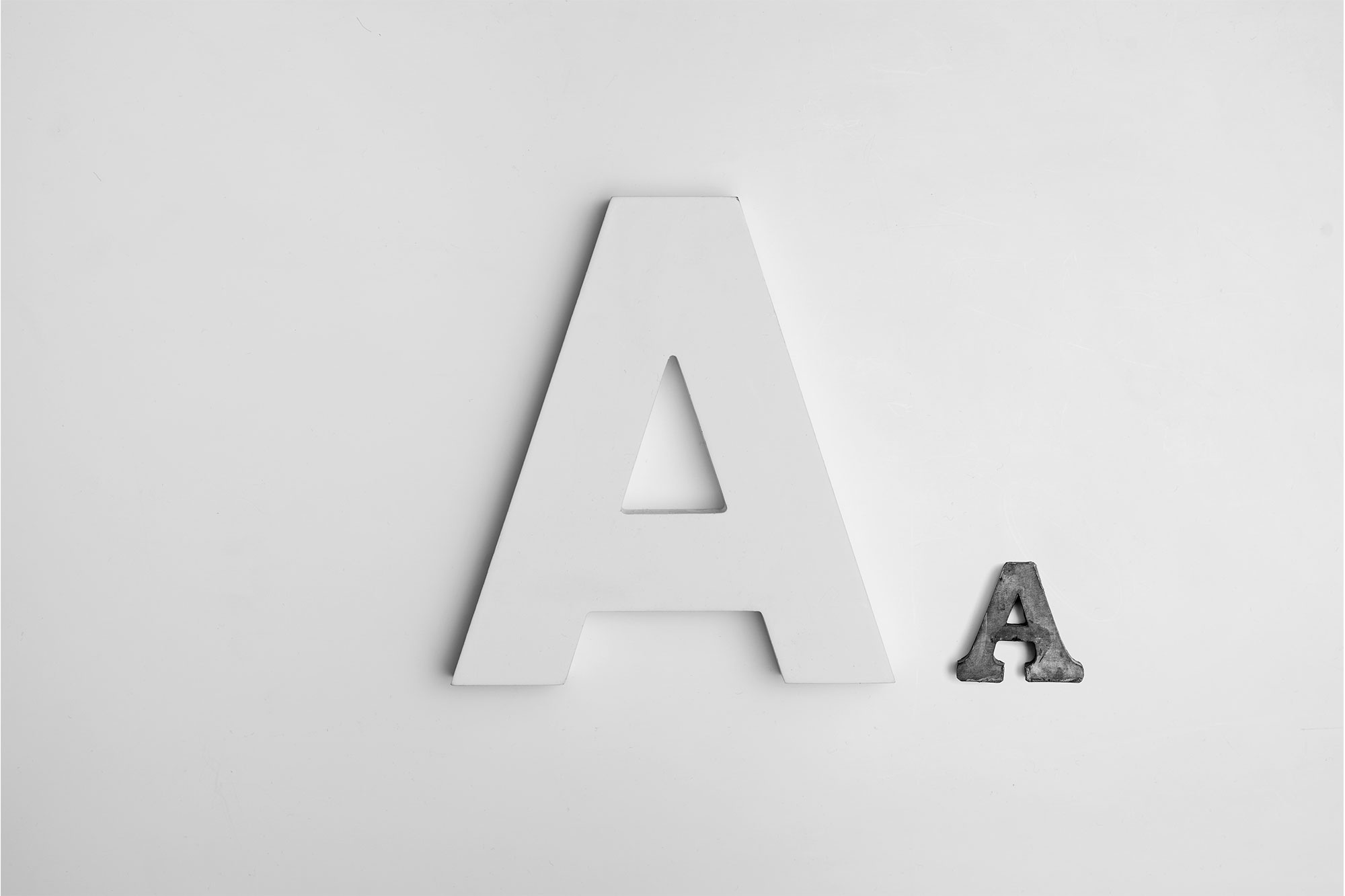Print Layout Design: Digital vs. Print
There are many differences that need to be considered when designing a digital page layout versus a print page layout. From art files, to paper sizes, to screen dimensions, these differences are crucial and will require an experienced graphic designer to navigate. We will break down the differences and demonstrate how important it is to have a working knowledge of design elements when working with digital and print layouts.
Digital page layout design
Page layout for digital designs refers to the arrangement of visual elements on a screen or webpage. It is important to consider factors such as hierarchy, balance, contrast, and alignment when designing a layout. A well-designed layout should provide a clear and intuitive navigation path for the user, while also creating a visually appealing and engaging experience. Additionally, it is important to consider responsive design principles to ensure that the layout adapts to different screen sizes and devices. Overall, a thoughtful and well-planned page layout can greatly enhance the user experience and improve the effectiveness of digital designs.
A visually appealing digital design
To create a visually appealing digital design, consider the following tips:
- Choose a color palette that compliments your brand and is easy on the eye
- Use high quality images and graphics that are relevant to your design
- Keep your layout simple and easy to navigate
- Use typography that is easy to read and matches the tone of the design
- Ensure that your design is mobile friendly and responsive
- Use white space to give your design room to breathe
- Pay attention to details like alignment and spacing
By following these tips, you can create a digital design that is both visually appealing and effective.
Responsive digital design principles
On the more technical side of things responsive digital layout should incorporate margin areas or differences in what format screen or device you will be displaying the design on. As screens have gotten larger, format sizes have expanded width-wise from a more square ratio to a wider, more cinematic ratio. This means you will need to incorporate lots of margin area to accommodate this area and float your important information towards the center of your design. Another good rule of thumb for digital is to work large and then save small so that text remains crisp when you export the final file. Flattening complicated effects is also important in digital designs so that the final file is as compact as possible and will load quickly. The principles include using flexible layouts, scalable images, and adjustable typography to ensure that the design looks good and functions well on any device. This approach helps to improve user experience, increase engagement, and enhance accessibility. By following responsive digital design principles, designers can create digital content that is optimized for any device and provides a seamless experience for users.
Planning page layouts for digital designs
When planning a page layout for digital designs, it is important to consider the purpose of the design and the audience it is intended for. Here are some tips to help you plan a successful page layout:
- Determine the hierarchy of information: Decide what information is most important and organize it in a way that draws the reader’s attention.
- Use a grid system: Establishing a grid system helps to create a consistent and organized layout. Use columns, rows, and gutters to create a structure for the design.
- Consider typography: Choose a font that is legible and appropriate for the content. Use font size, weight, and color to create contrast and hierarchy.
- Incorporate visuals: Use images, icons, and other graphics to enhance the design and convey information in a visually appealing way.
- Maintain balance: Ensure that the design is balanced and visually pleasing by distributing elements evenly throughout the layout.
- Test and iterate: Test the design with a sample audience and iterate based on feedback to improve the layout.
By following these tips, you can create a visually appealing and effective page layout for your digital designs.
Print page layout design
The goal of a good print page layout is to create a balanced and visually appealing composition that guides the reader’s eye through the content. Some key considerations when designing a page layout include the size of the paper, use of grids and columns, the placement of headlines and other important information, the use of white space, and the alignment and spacing of text and images. A well-designed page layout can enhance the readability of a document and make it more engaging for the reader.
A visually appealing print design
To create a visually appealing composition in print designs, consider the following tips:
- Use a clear and concise hierarchy of information.
- Pay attention to the balance of text and graphic elements.
- Utilize white space effectively to give the design room to breathe.
- Consider the use of color to draw attention and create contrast.
- Use typography to create visual interest and guide the reader’s eye.
- Ensure that the design is aligned and consistent.
- Test the design with a variety of readers to ensure its effectiveness.
Using grids and columns in print designs
Using grids and columns in print designs is a fundamental technique that helps designers create visually appealing and organized layouts. Grids are a series of intersecting horizontal and vertical lines that create a matrix of spaces, while columns are vertical sections within the grid that help structure the content. By using grids and columns, designers can achieve balance, consistency, and hierarchy in their designs. This technique can be applied to a variety of print materials such as magazines, brochures, and posters, among others. Overall, incorporating grids and columns into print designs can result in a more polished and professional final product.
Enhance the readability of a print document
There are several ways to enhance the readability of a print document:
- Use a legible font: Choose a font that is easy to read, such as Arial, Times New Roman, or Calibri.
- Increase font size: Use a font size that is large enough to read comfortably, typically 12-14 points, but depends on the document.
- Use appropriate line spacing: Use adequate line spacing to ensure that the text is not cramped and is easy to read.
- Use headings and subheadings: Use headings and subheadings to break up text into smaller, more manageable chunks.
- Use bullet points and lists: Use bullet points and lists to make information more digestible and easier to follow.
- Use white space: Use white space to break up text and make the document more visually appealing.
- Use images and diagrams: Use images and diagrams to illustrate and clarify complex ideas.
By implementing these techniques, you can enhance the readability of your print document and make it more accessible to your readers.
The main differences between print and digital layouts
The main differences between print and digital layouts are the medium and the way the content is presented. Print layouts are static, designed to be printed and physically distributed, while digital layouts are dynamic, designed to be viewed on a screen and often interactive. Digital layouts can also take advantage of multimedia elements, such as videos and animations, while print layouts are limited to text and static images. Additionally, digital layouts can be easily updated and accessed from anywhere with an internet connection, while print layouts require physical distribution and cannot be updated once printed.
Do you need a graphic designer? We can help! Contact us today.
Interested in how Bluegrass can help?
See what we can do.
You may also like...





